Chemistry Resources
Copyright on all materials on this site is retained by the authors. You are granted a limited license to reproduce these resources for classroom use, provided the copyright notices are not removed. Charging a fee for these resources, or distributing them in any way outside your classroom, is prohibited.
General Chemistry
Chemistry: A Volatile History
Chemistry: A Volatile History is a 2010 BBC documentary on the history of chemistry presented by Jim Al-Khalili. It was nominated for the 2010 British Academy Television Awards in the category Specialist Factual.
In Our Time: Alchemy
Melvyn Bragg and guests discuss the history of Alchemy, the ancient science of transformations. The most famous alchemical text is the Emerald Tablet, written around 500BC and attributed to the mythical Egyptian figure of Hermes Trismegistus. Among its twelve lines are the essential words - “as above, so below". They capture the essence of alchemy, that the heavens mirror the earth and that all things correspond to one another. Alchemy was taken up by some of the most extraordinary people in our intellectual development, including Roger Bacon, Paracelsus, the father of chemistry, Robert Boyle, and, most famously, Isaac Newton, who wrote more about alchemy than he did about physics. It is now contended that it was Newton’s studies into alchemy which gave him the fundamental insight into the famous three laws of motion and gravity.
In Our Time: Robert Boyle
Melvyn Bragg and his guests discuss the life and work of Robert Boyle, a pioneering scientist and a founder member of the Royal Society. Born in Ireland in 1627, Boyle was one of the first natural philosophers to conduct rigorous experiments, laid the foundations of modern chemistry and derived Boyle's Law, describing the physical properties of gases. In addition to his experimental work he left a substantial body of writings about philosophy and religion; his piety was one of the most important factors in his intellectual activities, prompting a celebrated dispute with his contemporary Thomas Hobbes.
Properties of Matter
In Our Time: States of Matter
Melvyn Bragg and his guests discuss the science of matter and the states in which it can exist. Most people are familiar with the idea that a substance like water can exist in solid, liquid and gaseous forms. But as much as 99% of the matter in the universe is now believed to exist in a fourth state, plasma. Today scientists recognise a number of other exotic states or phases, such as glasses, gels and liquid crystals - many of them with useful properties that can be exploited.
States of Matter Game
A simple card game designed to reinforce states of matter and phase transitions. Cards represent either states of matter or phase transitions.
Players race to be the first to empty their hand, laying down state and transition cards in the correct sequence.
This print-and-play game is formatted to be printed on prepunched business card stock, making it fast to print a class set of games.
Players race to be the first to empty their hand, laying down state and transition cards in the correct sequence.
This print-and-play game is formatted to be printed on prepunched business card stock, making it fast to print a class set of games.
Elements and the Periodic Table
BBC Elements
A nice series of half-hour podcasts looking (eventually) at all the elements.
Justin Rowlatt looks at the world economy from the perspective of the elements of the periodic table.
Justin Rowlatt looks at the world economy from the perspective of the elements of the periodic table.
Elements Matching Game
Cards for a game involving matching elements and symbols. Sized to use standard business card stock.
The cards can also be printed as flashcards, with the symbol on the front and the element on the back.
The cards can also be printed as flashcards, with the symbol on the front and the element on the back.
Subatomic: An Atom-Building Board Game
Subatomic is a deck-building game themed around the intersection of particle physics and chemistry. Players start with a hand of Up Quarks, Down Quarks and Particle/Wave Duality cards, which they use to form protons, neutrons, and electrons. Players combine these subatomic particles to either build available Elements or buy even more powerful cards for their deck.
Players start with a hand of 5 cards. They use their Up Quarks and Down Quarks to create Protons and Neutrons, and use their Particle/Wave Duality Cards to create Electrons.
They can either use these Subatomic Particles to either purchase Subatomic Particle cards that get mixed into a player's starter deck, making it more powerful, or build up the atom on their player mat (in order to claim Element Cards, which are what score them points).
When a player claims an Element, they also place two Goal Markers on the board, competing over control for additional end game points. At the end of the game, you'll get points for End Goals based on the Elements you built during the game IF you have the most or second most Goal Markers on any given End Goal.
Player can also remove weaker cards from their deck (cull their deck) by Annihilating cards from their hand for a cost of 2 energy.
I backed this game on Kickstarter, after playtesting it a couple of times. While too complicated to fit into the regular science classroom, it would make a useful addition to a school gaming club's library.
Players start with a hand of 5 cards. They use their Up Quarks and Down Quarks to create Protons and Neutrons, and use their Particle/Wave Duality Cards to create Electrons.
They can either use these Subatomic Particles to either purchase Subatomic Particle cards that get mixed into a player's starter deck, making it more powerful, or build up the atom on their player mat (in order to claim Element Cards, which are what score them points).
When a player claims an Element, they also place two Goal Markers on the board, competing over control for additional end game points. At the end of the game, you'll get points for End Goals based on the Elements you built during the game IF you have the most or second most Goal Markers on any given End Goal.
Player can also remove weaker cards from their deck (cull their deck) by Annihilating cards from their hand for a cost of 2 energy.
I backed this game on Kickstarter, after playtesting it a couple of times. While too complicated to fit into the regular science classroom, it would make a useful addition to a school gaming club's library.
In Our Time: Chemical Elements
Melvyn Bragg and guests discuss the chemical elements. The aim and challenge in chemistry, according to the Encyclopaedia Britannica, is the understanding of the complex materials which constitute everything in existence since the Big Bang, when the whole universe emerged out of the two elements of hydrogen and helium.
Today we have the key to understanding these elements, the Periodic Table, which is a pattern embedded in nature and was miraculously discovered in a dream.
Today we have the key to understanding these elements, the Periodic Table, which is a pattern embedded in nature and was miraculously discovered in a dream.
In Our Time: Oxygen
Melvyn Bragg discusses the discovery of Oxygen by Joseph Priestley and Antoine Lavoisier.
For the British dissenting preacher, Joseph Priestley, and the French aristocrat, Antoine Lavoisier, Chemistry was full of possibilities and they pursued them for scientific and political ends. But they came to blows over oxygen because they both claimed to have discovered it, provoking a scientific controversy that rattled through the laboratories of France and England until well after their deaths. To understand their disagreement is to understand something about the nature of scientific discovery itself.
For the British dissenting preacher, Joseph Priestley, and the French aristocrat, Antoine Lavoisier, Chemistry was full of possibilities and they pursued them for scientific and political ends. But they came to blows over oxygen because they both claimed to have discovered it, provoking a scientific controversy that rattled through the laboratories of France and England until well after their deaths. To understand their disagreement is to understand something about the nature of scientific discovery itself.
Chemical Compounds
ION: A Compound Building Game
ION: A Compound Building Game is a simple card drafting game where players select from a number of available ion cards and noble gas cards, with the objective of forming either neutrally charged compounds or sets of stable noble gases.
How to Play
Each player is initially dealt eight cards. They choose one card and pass the remaining to the player on their left, while they receive the same amount of cards from the player on their right (this is commonly referred to as “card drafting” or “pick and pass”).
Selected cards must be either (1) bonded to another ion or (2) set alone. Players only score points for neutrally balanced cards. So a positive charged Sodium (Na+) bonding with a negatively charge Chloride (Cl-), forming a neutral NaCl compound. would score points.
Points are scored at the end of each round and player may gain additional points for building specific compounds listed on the goal cards for that round. After three rounds the player with the most points wins!
The game comes with multiple expansions including a Transition Metals expansion, a Polyatomic Ion expansion, and a Radioactive Card expansion.
This game take a different approach to my own Ionicompounds game.
How to Play
Each player is initially dealt eight cards. They choose one card and pass the remaining to the player on their left, while they receive the same amount of cards from the player on their right (this is commonly referred to as “card drafting” or “pick and pass”).
Selected cards must be either (1) bonded to another ion or (2) set alone. Players only score points for neutrally balanced cards. So a positive charged Sodium (Na+) bonding with a negatively charge Chloride (Cl-), forming a neutral NaCl compound. would score points.
Points are scored at the end of each round and player may gain additional points for building specific compounds listed on the goal cards for that round. After three rounds the player with the most points wins!
The game comes with multiple expansions including a Transition Metals expansion, a Polyatomic Ion expansion, and a Radioactive Card expansion.
This game take a different approach to my own Ionicompounds game.
IoniCompounds Game
IoniCompounds is a fun way for students to practice forming ionic compounds. The unique ion cards make it easy to visually balance ionic compounds, while the special cards keep play exciting until the last turn.
This file contains rulebook, cards, and a folding storage box — everything needed to play IoniCompounds. The rulebook should be printed double-sided, folded, and stapled to make a small booklet. The cards can be printed on pre-punched business card stock, or printed on card stock and cut out. Alternate card backs make multiple classroom sets easy to sort out if your students get them mixed up.
This file contains rulebook, cards, and a folding storage box — everything needed to play IoniCompounds. The rulebook should be printed double-sided, folded, and stapled to make a small booklet. The cards can be printed on pre-punched business card stock, or printed on card stock and cut out. Alternate card backs make multiple classroom sets easy to sort out if your students get them mixed up.
Rare Earth: Chemical Element Card Game
From cute little Hydrogen to heroic Meitnerium to mysterious Ununoctium, chemical element cartoon characters are bonding together, mixing-it-up and raiding each other’s Labs to capture Protons in this exciting card game.
With the Rare Earth Chemical Element Card Game, every child has fun learning the fundamentals of Chemistry, Great for Science classrooms and entertaining for kids and families, players win by combining chemical element cards.
This game is built around forming binary ionic compounds. Bonding a new compound gets you an energy card, which lets you mix an alloy. Forming a compound or allow also lets you steal a compound or allow from one of your opponents.
An expansion pack is available that adds cards to make a complete periodic table.
The rules include several variants, making it suitable for different grades. For the basic game you don't need to know any chemistry — it’s built into the rules. I would start with the simplest version (intended for children) and add complexity if the class likes the game.
Rare Earth is designed for 2-6 players, so the average classroom would need 5-6 sets. Fortunately, there’s a classroom price: six sets plus an expansion pack for the price of five, with free shipping.
LeapCloud is a Canadian company, which makes shipping a lot more reasonable than it is for many products (and free if you order two products at once).
With the Rare Earth Chemical Element Card Game, every child has fun learning the fundamentals of Chemistry, Great for Science classrooms and entertaining for kids and families, players win by combining chemical element cards.
This game is built around forming binary ionic compounds. Bonding a new compound gets you an energy card, which lets you mix an alloy. Forming a compound or allow also lets you steal a compound or allow from one of your opponents.
An expansion pack is available that adds cards to make a complete periodic table.
The rules include several variants, making it suitable for different grades. For the basic game you don't need to know any chemistry — it’s built into the rules. I would start with the simplest version (intended for children) and add complexity if the class likes the game.
Rare Earth is designed for 2-6 players, so the average classroom would need 5-6 sets. Fortunately, there’s a classroom price: six sets plus an expansion pack for the price of five, with free shipping.
LeapCloud is a Canadian company, which makes shipping a lot more reasonable than it is for many products (and free if you order two products at once).
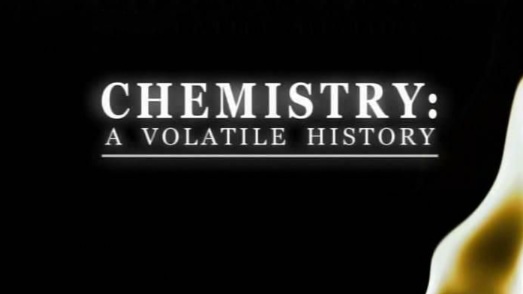
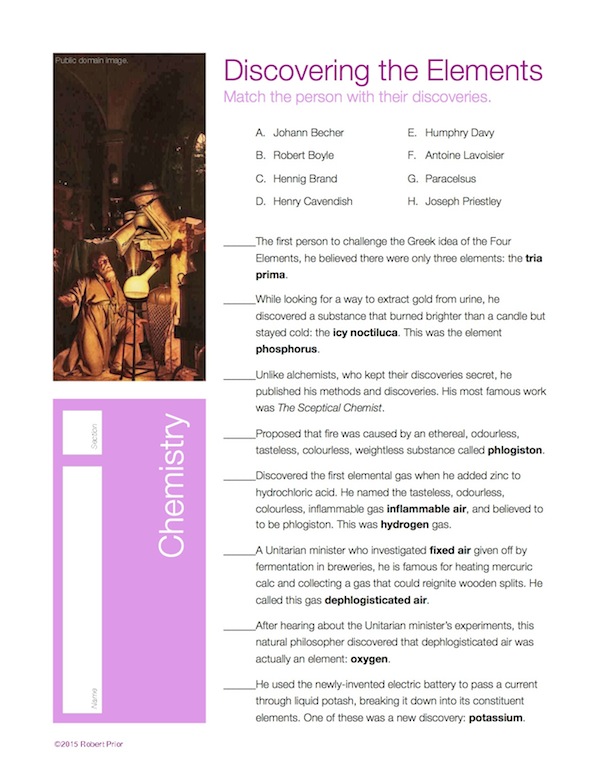
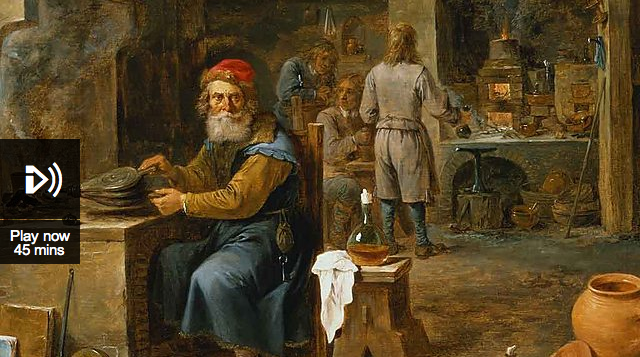
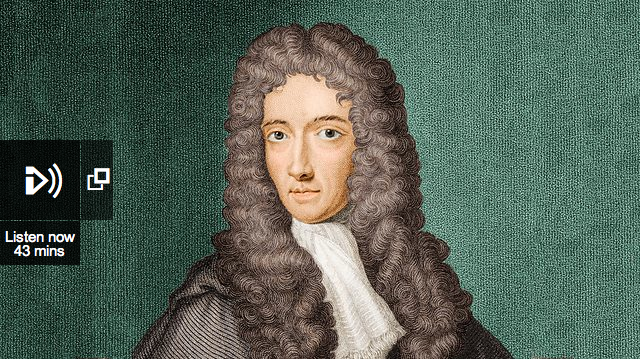
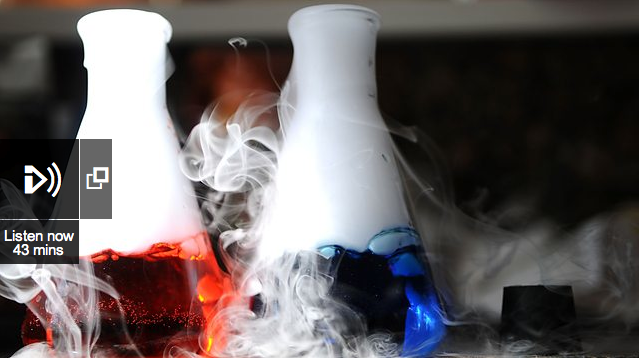
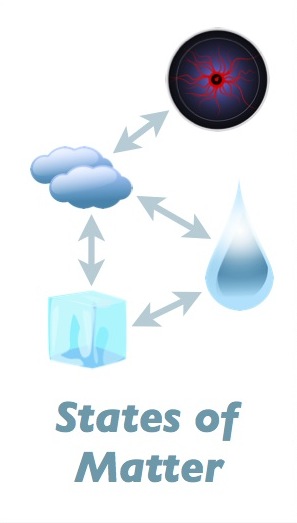
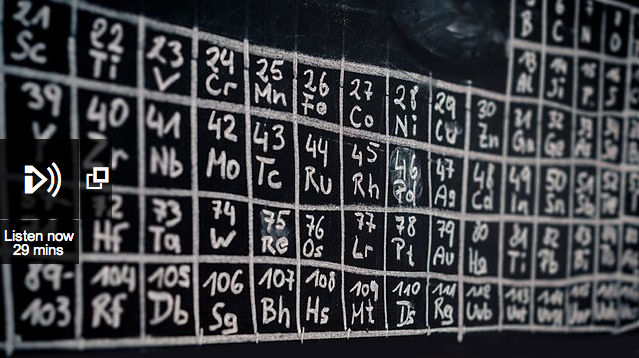
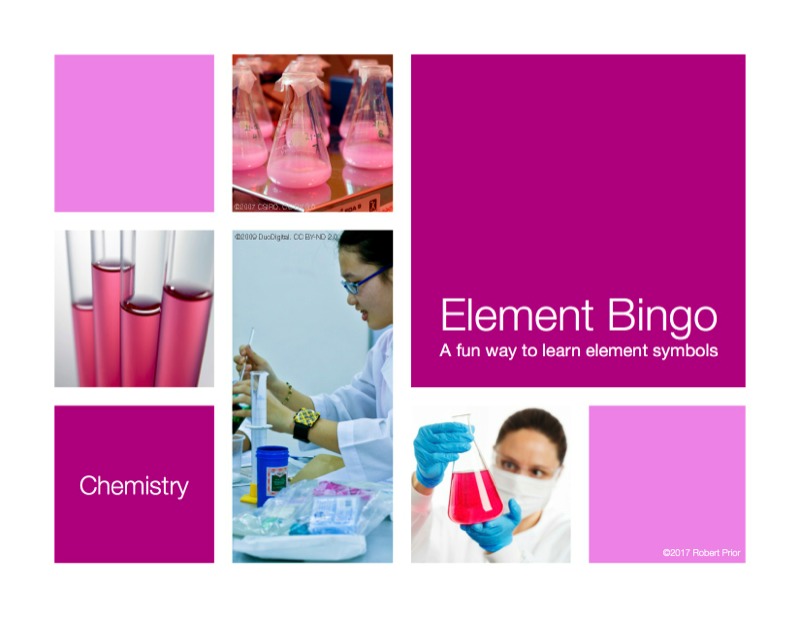
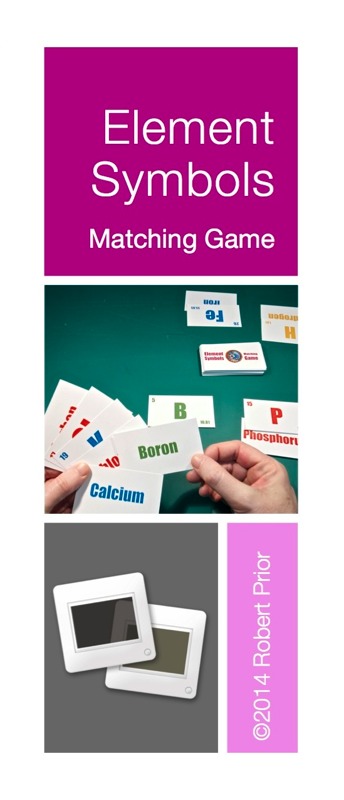

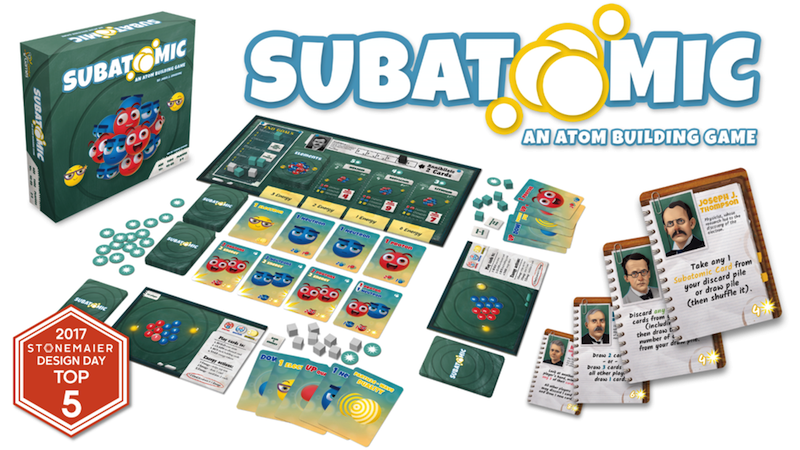
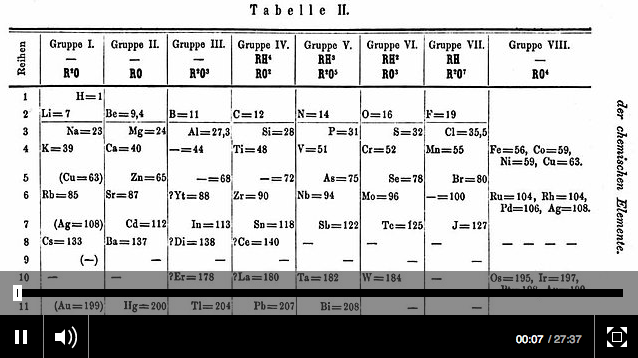
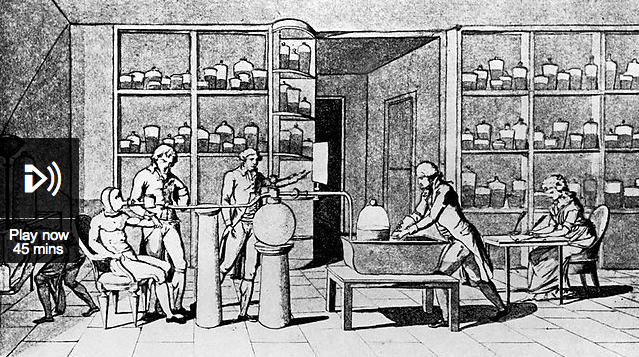
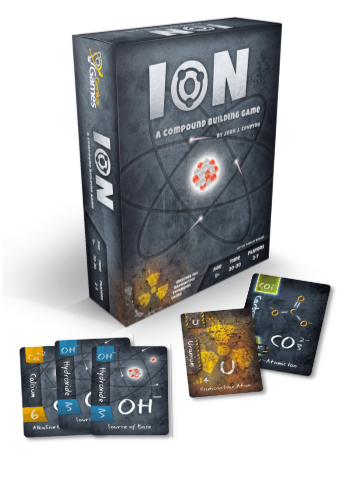
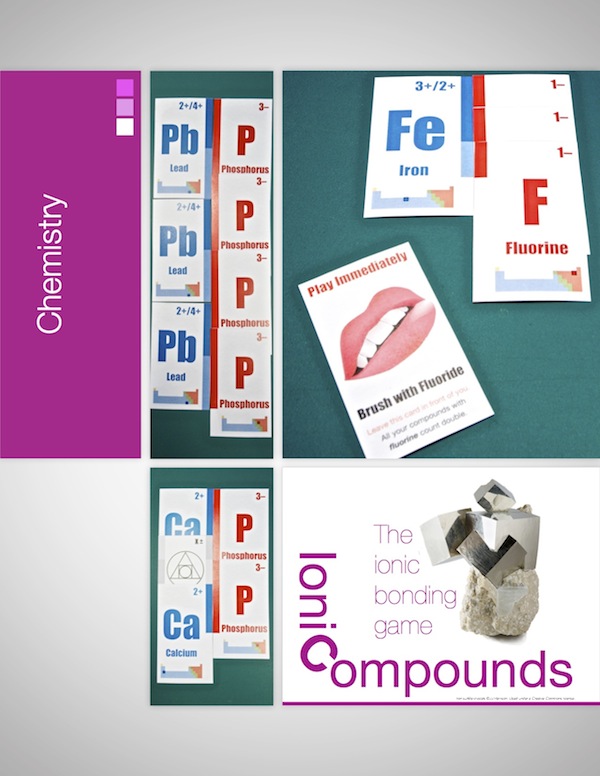
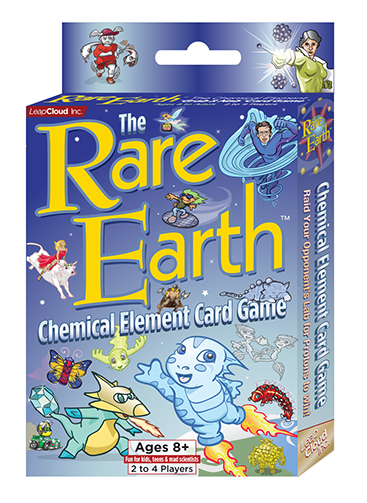
Teaching Science